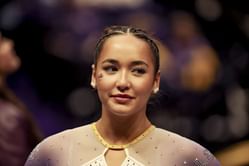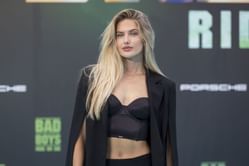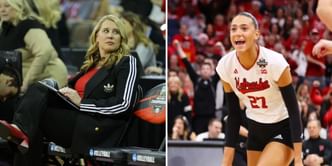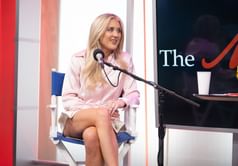
The 2024 edition of the Olympic Games, aka the 33rd Olympiad and the 2024 Paris Olympics, will be held from July 26 to August 11 in Paris, France, the third time in the same city and the sixth time in the same country, organized by the International Olympic Committee (IOC). The most recognizable thing about the Olympics, besides the games, is its symbol of five rings interlaced together, the Olympic logo.
Pierre de Coubertin, a 19th-century historian and education reformer, is credited with creating both the Olympic rings and the modern Olympics. According to the IOC, Coubertin organized the world's first Congress on Physical Education and Scholar Competitions in 1889 and also worked to make physical education available to students in France.
Five years later, in June 1894, Coubertin established the IOC and put forth the idea for what would eventually become the modern Olympic Games, with the first taking place in Athens, Greece (due to the games' history with Olympia) in 1896 and the second in Paris, France, in 1900.
Read More : How many countries will participate in paris olympics
Meaning of the Olympic Rings
The five Olympic rings represent the five continents of the world, being Asia, Africa, Europe, America (North and South) and Oceania (Australia and New Zealand), equal and unified.
In accordance with the Olympic Charter’s Rule 8, “the Olympic symbol expresses the activity of the Olympic Movement and the meeting of athletes from throughout the world at the Olympic Games.”
Also, the five interlocking rings must also have equal dimensions, symbolizing the concept that during the Games, every continent is equal. Coubertin said “These five rings represent the five parts of the world now won over to the cause of Olympism and ready to accept its fecund rivalries.”
Color of the Olympic Rings
Each color of the Olympic rings was said to represent a different continent in the 1949–50 IOC "Green Booklet," which was "blue for Europe, yellow for Asia, black for Africa, green for Australia, and red for America." Since there was no proof that Coubertin meant it, this claim was retracted in 1951.
When Coubertin unveiled the Olympic rings in 1913, all of the competing nations' flags could be represented using the colors in the symbol; thus, he decided on the five official Olympic colors: red, green, blue, yellow, and black.
Further, the IOC claims that there are seven "official" alternate versions of the Olympic rings. Though the version with the rings in all five colors on a white backdrop is the most popular, there are monochrome copies of the Olympic rings in each of the six official Olympic colors. However, these alternatives are to be used when the colors are not possible to reproduce.
History of the Olympic Rings
In 1912, Stockholm, Sweden, hosted the first Olympic Games to include competitors from all over the world, or the five continents: Africa, Asia, Europe, Oceania (Australia and New Zealand), and America (North and South). In light of this, Coubertin designed the Olympic rings, which he unveiled in 1913 and the rings made their official appearance at the 1920 Olympics in Antwerp, Belgium.
However, given that the Union of French Athletic Sports Societies (UFASS), founded in 1890, had two interlaced rings as its logo, Robert Barney, an American historian, believes that Coubertin came up with the idea for the Olympics' five rings while he was in charge of UFASS. As it turns out, Carl Jung, a Swiss psychiatrist, provided the symbol, explaining that two intertwined rings represented the human being and continuity in line with the vesica piscis, or marriage rings.
All the same, the Olympic rings have been a staple of summer and winter games since 1920 and haven't changed much since then. An exception to this rule was a 1957 version that saw a little increase in the distance between the rings. But in 2010, the IOC decided to return to Coubertin's original layout and ring spacing, which is the current version of the Olympic rings.
Read More : Paris olympics rules
FAQ's on 5 Rings of the Olympics Mean
A. The five Olympic rings represent the five continents of Asia, Africa, Europe, America (North and South), and Oceania (Australia and New Zealand), standing in unity with equality.
A. The Olympic rings were created in 1913 with the idea of athletes representing five inhabited continents.
A. No, the Olympic rings represent the five continents of Asia, Africa, Europe, America, and Oceania rather than the five oceans.
A. The Olympic Flame represents the continuity of ancient and modern games.
A. The Olympic rings' five colors meant the unity of the nations participating at the then-Olympics, since at least one of these colors is in every flag.









